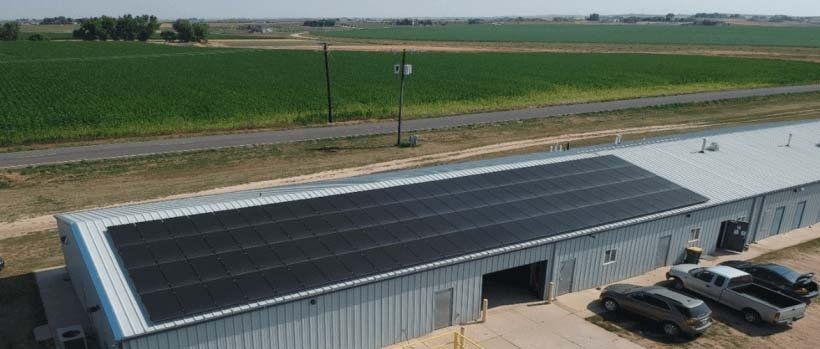When I moved back to Delaware in the 1980’s we were again paying high gas prices. And, of course, the gas rationing of 1979 was still on our minds.
That was when I noticed a strange anomaly. Locally, we had long platforms at most area farms that would be ideal for solar panels, but none were being used. I mentioned this to people and they always looked at me a bit strangely – that “you know nothing” look – but made no comment. I had been snubbed and told to mind my own business.
Finally, a chicken farmer gave me the answer. The chicken processor paid the fuel bill, not the chicken farmer. Unless that buyer – Perdue, Townsend (now Mountaire), Allen Harim – put up the panels, forget it. That was then, when most chicken houses weren’t automated or nearly as electrified as they are today, with moving curtains, tv monitors, sprinklers, electric heat, etc. The question remains.
Today we have two main suppliers of electricity: Delmarva Power and the Delaware Co-op. Both are trying to become less dependent on fossil fuels. Delmarva buys power from third parties using wind and sun. The Co-op may do the same, but it also has solar farms on hundreds of acres of arable land here in Sussex County.
Since the 1980’s, the permanent population of Sussex (as well as Kent) has grown at least tenfold with concomitant home building. In fact, farmland is vanishing before our eyes as greed and retirement meet.
Now I see vast expanses of “development,” some attractive and interesting but most cookie-cutter and cluttered. What do they have in common? A vast expanse of acres and acres of shingled roofs not adorned by solar panels. Why?
First would be the desire for quick, cheap construction to turn a fast buck before moving on to the next “development.” Second is the lack of initiative on the part of both the builder-developers and the utilities.
While this could be a cheaper source of power for the utilities, they sit on their hands awaiting individual homeowners to approach them only after a third party sale has been made.
Delmarva Power is legally required to buy unused excess electricity at a set price. So what? If they need it here, why not source it here, or sell it to the grid rather than bear the expense of long transmission?
The Co-op is not required to buy at the price its members are charged, or, indeed, at all. Why doesn’t the Coop sit down with a developer and negotiate a contract for the total development, agreeing to pay 85-90% of its charges for excess electricity?
If solar panels are part of the initial build, the cost of installation plummets and the proper equipment like inverters, specified by the utility, will be correctly installed right next to a built-in home Electric Vehicle (EV) charger providing this as standard for all new homes. So, everyone benefits.
The new homeowner now knows the cost of electric heat, car charging, stove, washer-dryer, etc. will be greatly discounted and possibly more reliable. The builder can charge a bit more for the buyers’ convenience and future savings. The utility increases its required green footprint while getting a local source of power, likely cheaper than sacrificing farm (or living) land.
If this seems too easy, maybe it is. Why hasn’t it happened? When will it happen?
If we are all going to use more electricity – and we definitely are – let’s do so efficiently now, rather than later, when zoning will demand it.

